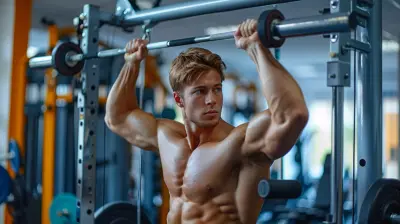The Role of Compression Gear in Athletic Performance
13 August 2025
When you think about athletic performance, your mind probably flashes to grueling workouts, strict diets, and maybe even high-tech supplements. But what if I told you that one of the simplest upgrades in your performance toolkit could be what you wear? Yep, we’re talking about compression gear.
Compression clothing has been sliding its way into gym bags and locker rooms for years now. From elite athletes to weekend warriors, more and more people are using compression shirts, leggings, socks, and even sleeves. But what does this gear really do? Is it worth the hype, or just another fitness fad?
Let’s break it down.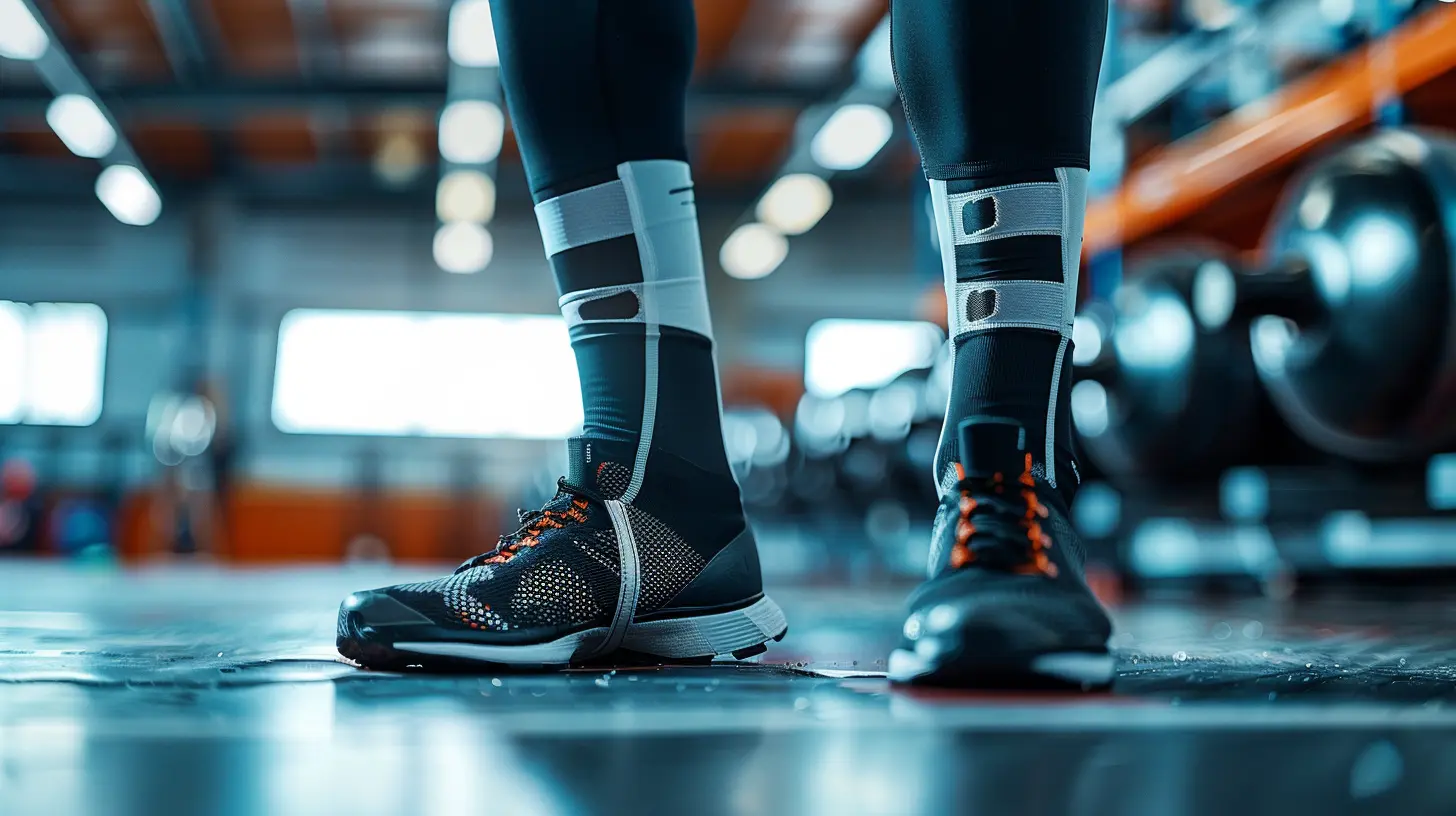
What Is Compression Gear, Anyway?
Before we dive into the benefits, let’s get clear on what compression gear actually is. These clothes are made of stretchy spandex-type materials designed to fit snugly — think second skin. The goal? Apply graduated pressure to specific body parts, helping support muscles and potentially improve circulation.The term “graduated” just means the amount of compression varies — tighter at one end (usually closer to the body’s core) and looser as it moves away from the center. That’s not just for looks. There’s some actual science behind it.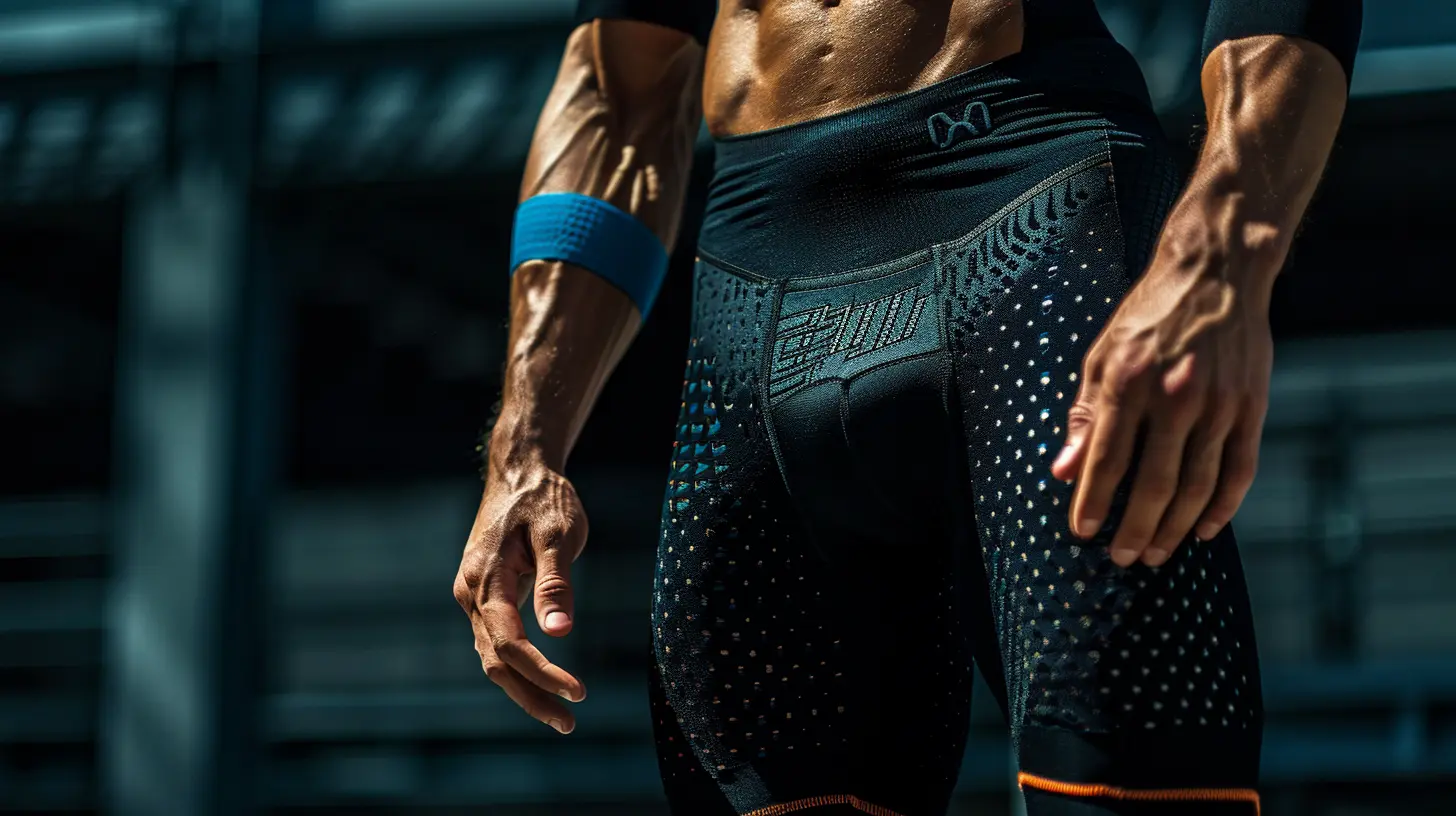
The Origins: From Medicine to Muscle
Compression gear wasn’t originally made for athletes. In fact, it started off in the world of medicine — specifically, in treating blood flow issues like deep vein thrombosis or varicose veins. The gear helped improve circulation, reduce swelling, and even prevent blood clots.So, what does all that have to do with performance on the field or at the gym? A lot more than you’d think.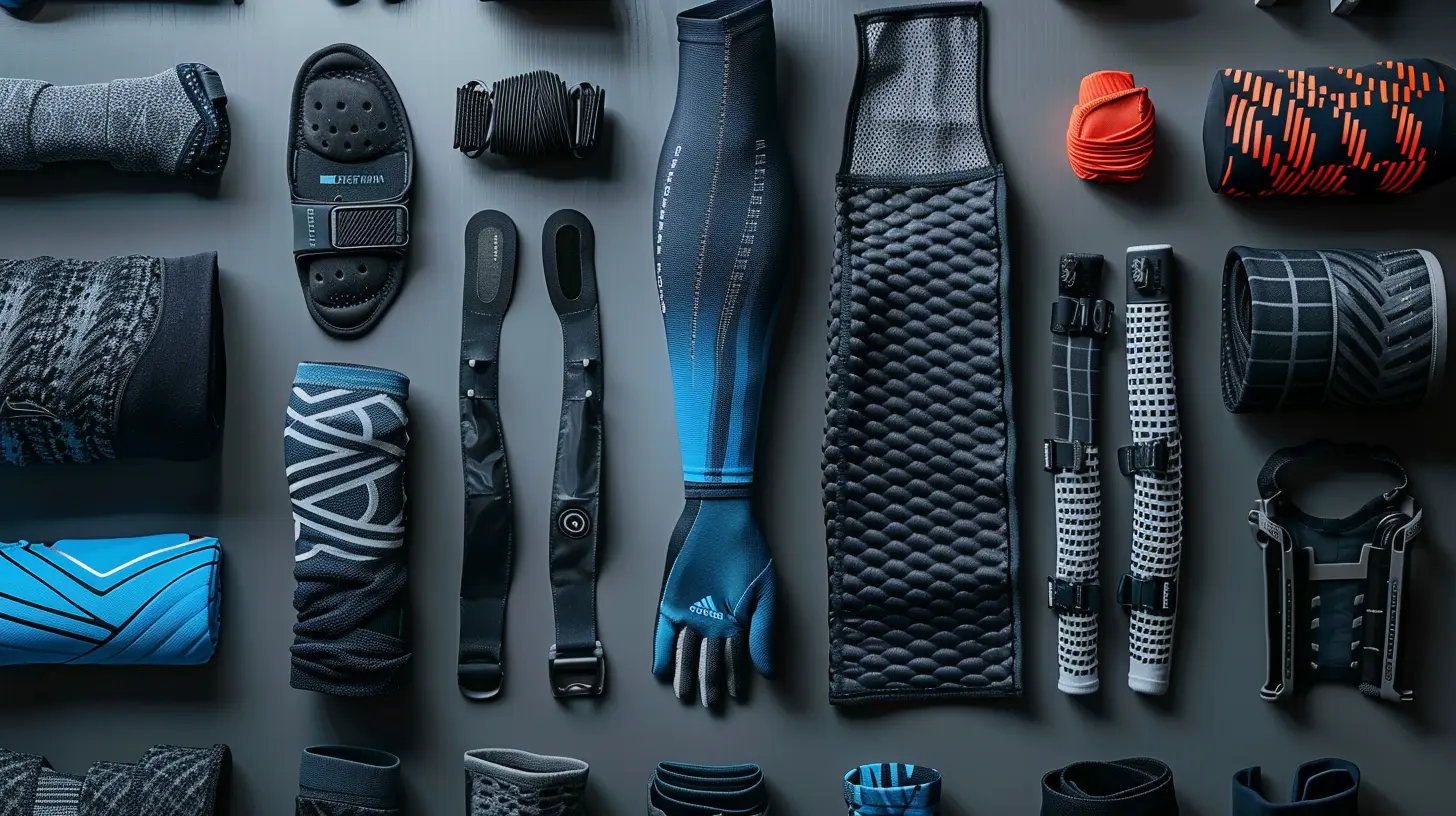
How Compression Gear Affects Athletic Performance
Let’s get to the good stuff. How does compression clothing actually help when you're out there crushing a workout or grinding through a game?1. Improved Blood Circulation
This is the big one. Better blood flow means more oxygen delivery to your muscles. And when your muscles get more oxygen, they perform better — it's that simple. This increased flow also helps speed up the removal of metabolic waste like lactic acid, which is one of the culprits behind that dreaded muscle burn and fatigue.Ever run so hard your legs feel like jelly? Compression tights might not make you a marathoner overnight, but they can help delay that crash.
2. Reduced Muscle Vibration and Fatigue
Believe it or not, your muscles vibrate every time your foot hits the ground or you land from a jump. Those small shakes might seem harmless, but they can lead to micro-traumas in the muscle fibers. Over time, this can pile on fatigue.Compression gear hugs your muscles just right to reduce that unwanted movement. Less jiggle, more muscle stability. And hey, less fatigue means longer and stronger sessions.
3. Faster Recovery Time
Ah, the aftermath. Sore muscles, stiffness, and feeling like you’ve been hit by a truck. Some athletes swear by compression gear not just during workouts, but afterward too. Why? Because it helps reduce swelling and inflammation.Post-training compression wear can improve venous return — basically, how fast your blood gets back to your heart — which helps flush out those nasty byproducts of exercise. The result? Less soreness, quicker recovery, and a faster return to top performance.
4. Better Muscle Support and Alignment
Compression gear works kind of like a gentle brace. It supports key muscle groups, keeping them in alignment and preventing unnecessary strain. This is particularly helpful in activities that require explosive or repetitive movements — think sprinting, cycling, or lifting weights.In some cases, wearing compression might even help reduce the risk of certain injuries by improving proprioception — that’s your body’s ability to sense its position in space. Translation: you’re less likely to twist an ankle or pull a hamstring.
5. Enhanced Warm-Up and Performance Readiness
Compression gear helps raise your body temperature slightly, which makes it easier to warm up. Your muscles activate more efficiently when they’re warm, and you’re less likely to get injured.That slight increase in temp can also keep you limber longer — especially crucial if you're competing in stop-and-go sports or long competitions where you’re on and off the field.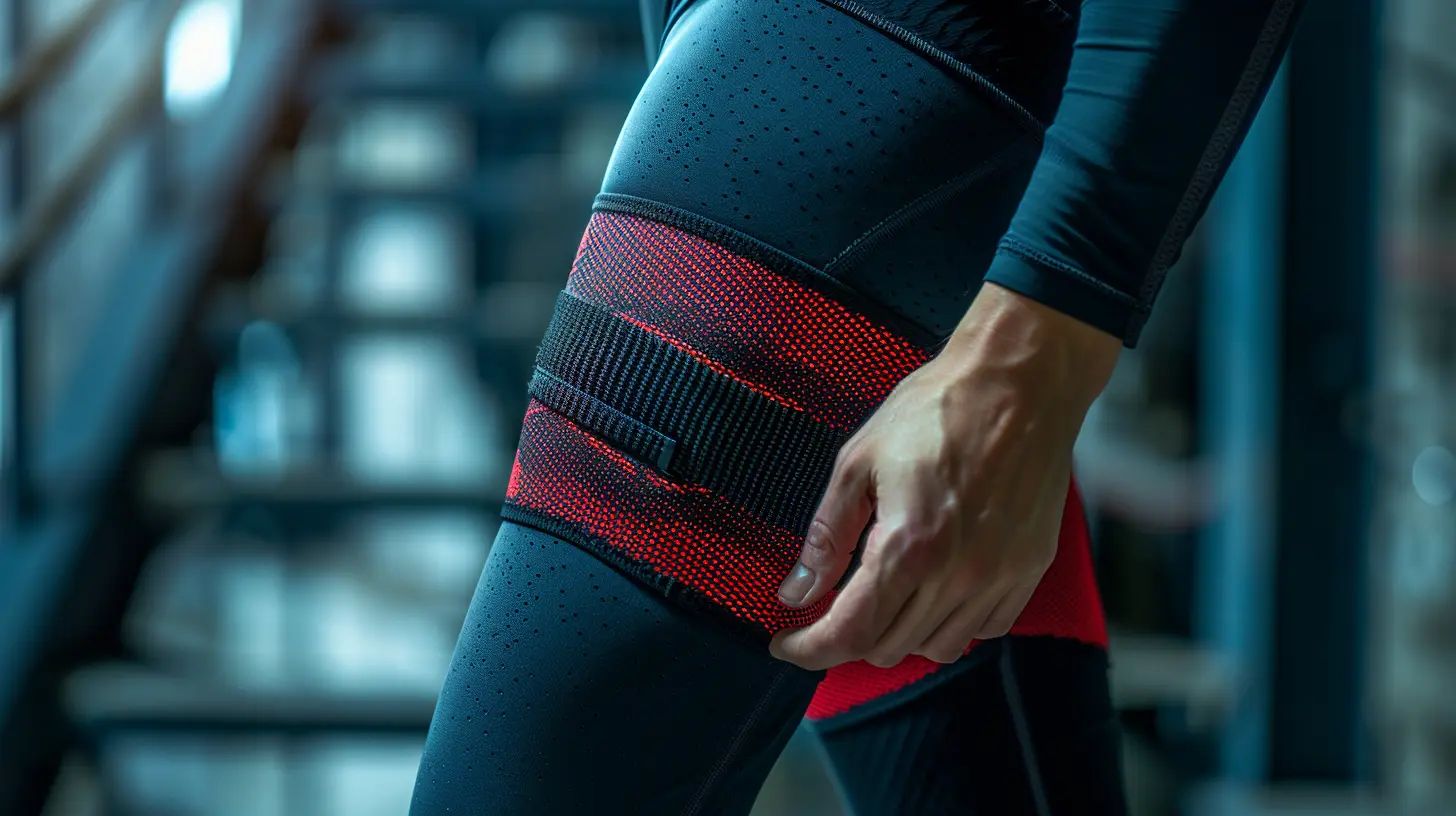
The Psychological Edge: Looking Good, Feeling Good
Let’s be real here — feeling good in what you’re wearing can make a difference. There’s something about slipping into sleek compression gear that makes you feel a little more “pro,” right?Confidence plays a role in performance. If tight-fitting gear makes you feel stronger, faster, or more focused, then that mental edge could be just what you need.
The Science Behind the Claims: What Research Says
Now, not everyone is sold on compression gear. Some studies show clear benefits in terms of recovery and reduced muscle soreness, while others suggest the performance gains during activity might be minimal. It’s a mixed bag.However, here’s what’s generally agreed upon:
- Compression gear is effective for reducing delayed onset muscle soreness (DOMS).
- It assists with recovery by improving blood flow and reducing swelling.
- Some performance benefits exist, particularly with endurance and muscle stabilization.
So, while it might not turn you into the next LeBron or Serena overnight, compression gear does offer a real, measurable edge — especially where recovery and injury prevention are concerned.
Compression Gear by Sport: What Works Best?
Different sports put different demands on your body — makes sense that some types of compression gear work better depending on what you’re into.Running
Compression socks and tights are popular here. They help reduce leg fatigue, support calf and thigh muscles, and potentially prevent shin splints or cramps.Weightlifting
Compression tops and shorts provide core support and help stabilize muscle groups during lifts. That extra layer can also reduce chafing and make you feel tighter during heavy lifts.Cycling
Cyclists opt for compression bibs and sleeves to aid with lower-body circulation and minimize vibration on long rides. Less lactic acid = smoother rides.Team Sports (Soccer, Basketball, etc.)
Full-body compression — tights, shirts, and sleeves — helps with quick changes in direction, jumping, and sprinting. Better muscle alignment can translate directly to performance and injury prevention.Should You Wear Compression Gear All the Time?
Here’s where some people go overboard. More compression doesn’t equal more benefit. It’s about timing.- During workouts? Yes, especially for high-intensity and endurance training.
- After workouts? Absolutely. Recovery is where compression might actually shine.
- All day, every day? Probably not necessary, unless medically recommended.
Your body needs time to breathe and recover on its own too. Use compression gear as a tool, not a crutch.
Choosing the Right Compression Gear
Not all compression is created equal. If you’re serious about performance, go for reputable brands that offer medical-grade or sport-specific gear. Here are a few tips to keep in mind:- Snug, not suffocating: It should feel tight but not cut off circulation.
- Moisture-wicking fabric: You want to stay dry during intense sessions.
- Fit by body part: Compression should be targeted, so don’t mix and match unless it’s intended that way.
Also, don’t forget to wash your gear regularly. Sweat + spandex = not a great combo for smell or durability.
Real Talk: Does It Really Work?
Look, compression gear isn’t a magic cape. You won’t suddenly lift 50 more pounds or shave 10 minutes off your marathon time. But it gives you small advantages that can add up over time — especially if you’re consistent with your training and recovery.Think of it as the cherry on top of your performance routine. It won’t do the work for you, but it’ll support you while you do it. Literally and figuratively.
Final Thoughts
Compression gear isn’t just about looking cool (though it doesn’t hurt). It offers real, science-backed benefits that can help you perform better and recover faster. From increased blood flow and muscle support to quicker bounce-back days after workouts, this gear deserves a spot in your fitness arsenal.Is it right for everyone? Maybe not. But if you're pushing your limits and looking for ways to get that extra edge without going overboard, compression clothing might be just the boost you need.
Give it a shot, see how your body responds, and decide for yourself.
all images in this post were generated using AI tools
Category:
Sports EquipmentAuthor:

Preston Wilkins
Discussion
rate this article
1 comments
Maggie McLain
Great insights! Compression gear truly boosts athletic performance!
September 1, 2025 at 3:23 AM

Preston Wilkins
Thank you! I'm glad you found the insights valuable. Compression gear can indeed make a notable difference in performance and recovery!


